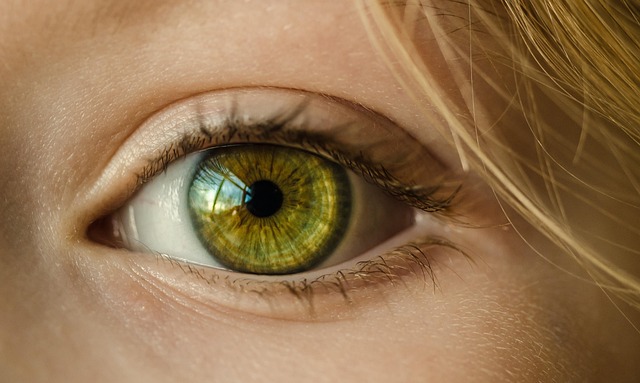In the realm of art and design, few styles evoke as profound an emotional response as figurative painting. From the lifelike depictions of the human form to the expressive movements of abstract figures, this genre captures the essence of human experience, bridging the gap between reality and imagination. As viewers engage with figurative works, they encounter narratives that resonate on a personal level, inviting them to explore the depths of their own feelings and thoughts.
Figurative painting has a rich history, with roots stretching back to ancient civilizations. Artists like Leonardo da Vinci and Michelangelo have profoundly influenced the development of this art form, showcasing the human anatomy in ways that celebrate beauty and individuality. These historical benchmarks not only highlight artistic skill but also represent the emotional connection we have with our own humanity. Today, contemporary artists continue to explore this genre, pushing boundaries and challenging perceptions of the human figure in innovative ways.
One of the most compelling aspects of figurative painting is its ability to convey complex emotions without the need for words. A solitary figure gazing out at the viewer can evoke feelings of loneliness, while a group of intertwined forms may suggest unity and connection. This narrative power is woven into the very fabric of figurative art, making it a vital tool for communication in a world where language can sometimes fail.
In the world of design, figurative elements play a significant role. Designers often incorporate representations of the human form to create relatable and engaging experiences in their work. From advertising campaigns that feature dynamic figures to product designs that consider human ergonomics, the principles of figurative art influence how we interact with the world around us. The integration of figurative elements brings a sense of warmth and connection, inviting viewers to immerse themselves in the experience.
Moreover, the versatility of figurative painting allows it to transcend traditional boundaries. It can blend realism with abstraction, inviting viewers to interpret and engage with the artwork deeply. Artists like Lucian Freud and Francis Bacon have transformed figurative painting into explorations of identity and existence, essentially making a statement about the human condition. In design, this blurring of lines can be seen in products that combine the artistic gesture with functional aesthetics, creating a harmony that resonates with users.
As we explore the realm of figurative painting, it becomes clear that this art form is not merely about capturing the likeness of a figure but is about storytelling, emotion, and connection. Whether through the lens of an artist or that of a designer, the human form serves as a powerful medium for expressing the complexities of life. By embracing figurative painting in both art and design, we open ourselves to a broader understanding of our shared experiences, feelings, and aspirations.
With the rise of digital art and contemporary mixed media, the practice of figurative painting continues to evolve. New technologies and techniques allow artists to experiment with form and texture, creating works that challenge traditional perceptions and broaden our understanding of what figurative art can encompass. This dynamic fusion not only revitalizes the genre but also invites a new generation of viewers to engage with art in personal and innovative ways.
Ultimately, embracing figurative painting offers more than just an appreciation of the aesthetics; it fosters empathy and understanding, reminding us of our shared humanity. As we interact with these powerful visual narratives, we are encouraged to reflect, connect, and, perhaps, find solace in the universal stories that define our existence.



